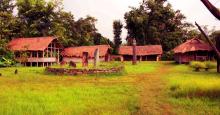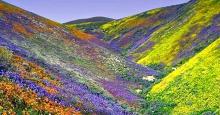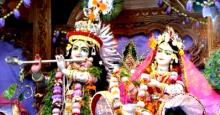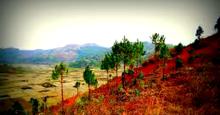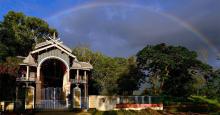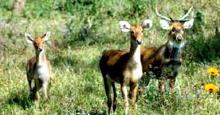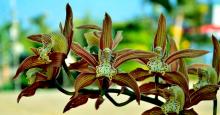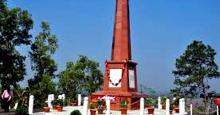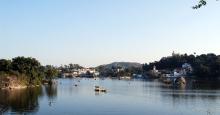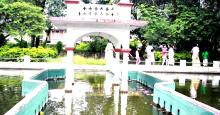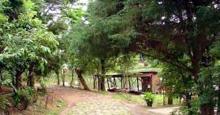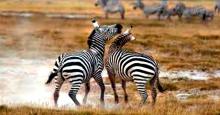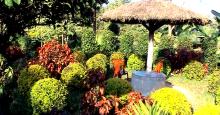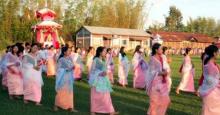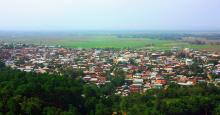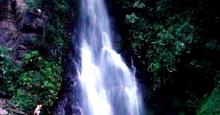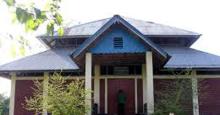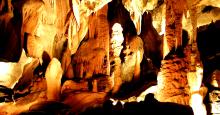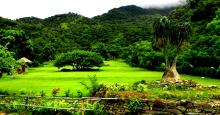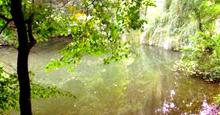Manipur, located in a lush green corner of North East India, is an oval shaped valley surrounded by nine ranges of bluish green hills intertwined with cascading rapids, carpets of flowers and lazy lakes. A little paradise on Earth with her rich cultural heritage and sublime natural beauty, Manipur promises to be a favourite new Tourism Destination. The people and tribes of Manipur include Meiteis, Nagas, KukiChinMizo groups, Gorkhas, MeiteiPangals and many other colourful communities who have coexisted in complete harmony for centuries. These are people whose folklore, myths and legends, dances, indigenous games and martial arts, exotic handlooms, handicrafts and fine arts are invested with the mystique of nature.
Manipur is a mosaic of ancient traditions and rich cultural patterns. In the field of arts and culture, the State is best represented by its classical and folk dance forms. Raas Leelas depict the Leelas of Lord Krishna as a child with Gopies of Brindavan and express their yearning for communion with the Lord. The Raas Dance is perfectly lyrical and has extremely graceful movements. The spring festival, the “LaiHaraoba” held in April – May is symbolized by a traditional stylized and ritualistic dance performed for peace and prosperity. The tribal folk dances are an expression of nature, creativity and aestheticism of the tribal way of life. One can be charmed by the colourful costumes, dances and unique rituals in festivals such as LuiNgaiNi (seed sowing festival of the Nagas of Manipur) and Kut, the largest festival of KukiChinMizo communities.
Population (2011): 2,388,634
Literacy: 68.87%
Official language: Manipuri
Religion: Vaishnavite Hindu
Flora and Fauna: Blessed with an amazing variety of flora and fauna, over two–thirds of the geographical areas of Manipur are hill tract covered with lush green forests. In addition to vast tracts of bamboo forests, Manipur also has alpine forests dotted with pines, grasslands and meadows at Dzuko. Some of the most beautiful and precious blooms of Siroi and other colourful orchids abound in their natural habitat in these forests. About 500 varieties of orchids grow in Manipur out of which 472 have been identified. The Hoolock Gibbon, Slow Loris, spotted Linshang, Mrs. Hume’s Barbacked pheasant, Blyth’s Tragopan and Hornbills form only a part of the rich natural heritage of Manipur. Humes Bartailed Pheasant, locally called Nongin, is the State bird of Manipur.
Weather & Rainfall
Manipur enjoys a sub-tropical monsoon climate. It belongs to the temperate rainy climate region with dry winters and warm summers. Temperature in the summer months ranges between 25°C and 32°C. Rainfall is relatively abundant and widespread, varying from a maximum of 258.9 cm at Jiribam to only 97 cms at Wanghal. December to February is winter, March to May is hot and humid, the monsoon (rainy season) starts in May and lasts up to September.




